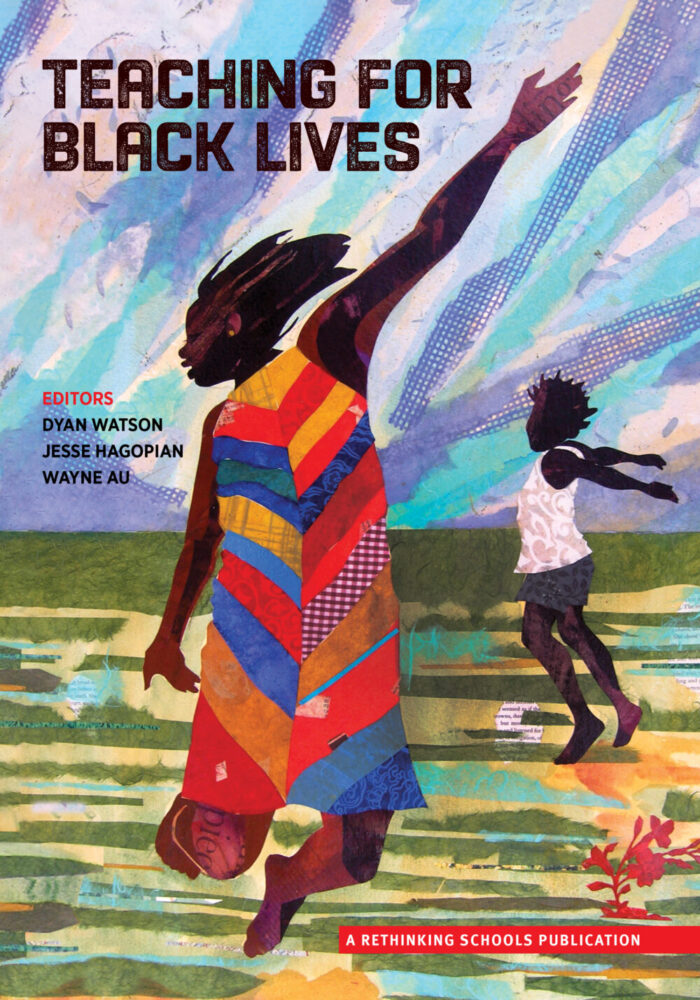On May 13, 1985, the Philadelphia Police Department dropped a C-4 bomb on the home of the MOVE organization, killing eleven people — including five children — and wiping out 61 homes in two city blocks.

The MOVE family.
MOVE is a political and religious organization founded by John Africa Sr. in 1972. The name is not an acronym, but an emphasis of their living philosophy: “Each individual life is dependent on every other life, and all life has a purpose, so all living beings, things that move, are equally important, whether they are human beings, dogs, birds, fish, trees, ants, weeds, rivers, wind or rain.”
Socially and environmentally focused, MOVE members attended protests and supported animal rights, environmental justice, and racial justice since its founding. In Philadelphia, because of their loud and visible radical presence, they were targets for police harassment, raids, and arrests — including a violent home invasion in 1978, which Mike Africa Jr. described in Salon.

John Africa Sr. hugs fellow MOVE family members.
In the 1980s, MOVE relocated from a home in Powelton Village to a rowhouse on Osage Avenue, in a Black middle class neighborhood of West Philadelphia. Some of their neighbors complained to the city about MOVE, for nuisance reasons such as trash piled up around the home and the political speech blaring from a bullhorn. MOVE was ordered to leave the home by the city. When MOVE refused to leave, the police chose to react with force and deadly violence. Long wanting to evict MOVE, the force prepared for a siege in spring 1985.
BlackPast.org explains:
On May 13, 1985, city officials sent police to serve arrest warrants, with orders to carry out by extreme force. Nearby local residents were told to evacuate but could return to their homes the following day. Nearly five hundred officers in SWAT gear, backed by heavy artillery and an anti-tank machine gun, surrounded the block. A shot fired from inside the MOVE residence was met by a volley of over 10,000 rounds in 90 minutes, all shot into the home.
Five fire trucks pumped gallons of water through the basement and tear gas was thrown into the windows of the home. SWAT teams tried to blast holes in the walls of adjoining houses to gain entry. MOVE members hid in the basement of the home, holding children in the air to avoid drowning in rising waters. The all-day standoff led to the city dropping a C-4 bomb on the rooftop of the home. The bunker did not fall, but the roof of the home was engulfed in flames. Sixty-five neighborhood homes were destroyed and over two hundred residents lost their homes.
Eleven people, including John Africa and five children of MOVE members, were killed by the bomb. The street was decimated. Over sixty homes were destroyed and leveled by the city. Nearby homes that were left standing were boarded up and abandoned. Read recollections of the May 13 events by residents, some of whom returned to Osage Avenue the following year — after the fires died down and victims were recovered.
In 2021, it was reported that the remains of two of the girls murdered in the explosion were stored at the Penn Museum of the University of Pennsylvania.
Learn more in this April 21, 2021 article from Billy Penn, quoted here:
Mike Africa Jr. remembered Tree, the 14-year-old, as being sensitive and brave. “When we would be at the park, especially if we went to a new park, she would run, scour the park, for the biggest tree. The biggest tree. So she could climb it. And no one, no one could climb higher than she could. She didn’t have any fear about the height. It seemed like the higher she went, the more comfortable she was. She never feared the way up . . .”
Read more about the events of the bombing at Teen Vogue.
Survivor Mike Africa just purchased the house (in 2023) to make it into a memorial.











Twitter
Google plus
LinkedIn